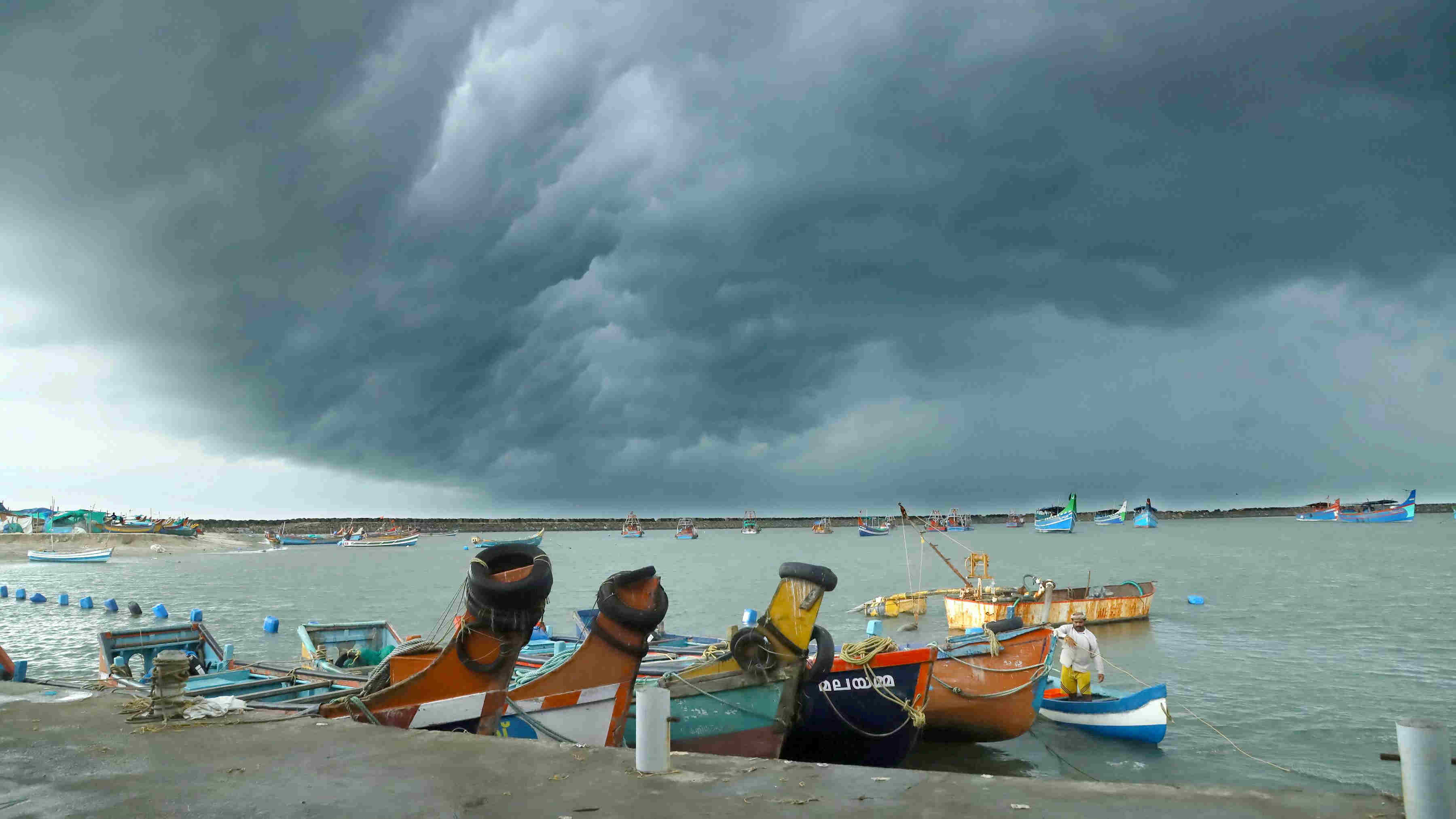
Storm watch: Cyclone season in India- climate change is turning oceans hotter, increasing the frequency of cyclones
Laws are mostly silent on the rights and rehabilitation of climate refugees even though annually nearly 1.5 million people are displaced internally

Neither Bengal nor India is a stranger to cyclones. What is discernible is the increase in their frequency in recent years. This is consistent with scientific predictions that have warned of a rise in cyclonic activity, including wind velocity and an intensification of tidal surges, around the world. Changing climate and the global inertia to arrest the rise in temperatures are the catalysts here. Significantly, the administrative response to extreme weather remains reactive. This means that at the level of policy, there is a disproportionate emphasis on the distribution of relief and on rebuilding rather than on minimizing the damage through prudent preparedness. Admittedly, there has been some improvement in the technology used to predict weather patterns as well as in the construction of storm shelters. What is missing, however, is the transformation of physical assets — buildings, transportation networks, even land and agricultural practices — into climate resilient edifices in vulnerable areas. There is also a need to raise efficient, dedicated, local civic cadre to undertake relief work. This force can complement the rehabilitation undertaken by the administration that may not be fleet-footed. Wisdom, unfortunately, remains on paper. In 2016, Calcutta had become the first Indian city to create a road map to move towards a climate-resilient, low carbon future. It would be interesting to see how much of the plan has made its way from bureaucratic files to reality. Some other aspects of climate-change-induced disasters remain unaddressed. Indian laws are mostly silent on the rights and rehabilitation of climate refugees even though it has been estimated that annually nearly 1.5 million people are displaced internally on account of extreme weather related events. This burgeoning constituency demands urgent attention from India’s executive and judicial fraternities since some of the major consequences of climate change — be they cyclones or floods — have begun to manifest themselves with an alarming frequency.


0 Response to " Storm watch: Cyclone season in India- climate change is turning oceans hotter, increasing the frequency of cyclones"
Post a Comment
Disclaimer Note:
The views expressed in the articles published here are solely those of the author and do not necessarily reflect the official policy, position, or perspective of Kalimpong News or KalimNews. Kalimpong News and KalimNews disclaim all liability for the published or posted articles, news, and information and assume no responsibility for the accuracy or validity of the content.
Kalimpong News is a non-profit online news platform managed by KalimNews and operated under the Kalimpong Press Club.
Comment Policy:
We encourage respectful and constructive discussions. Please ensure decency while commenting and register with your email ID to participate.
Note: only a member of this blog may post a comment.